More about "Djanes" project
This is a media project of the Roma youth organization "ARCA". It includes news of the Roma community in Ukraine, interviews and life stories, interesting facts designed to break stereotypes.
Djanes

The Children-Grabbers: another portion of cringe from TikTok
Have you been scrolling the TikTok timeline recently? No, we are not going to discuss trends today. Today, on the contrary, I am going to tell you what should vanish off social networks and from our lives. Yes, here we go again: the stereotypes. We may keep emphasising that degrading people is not humour, yet such «jokes» keep appearing both in videos and in real life.
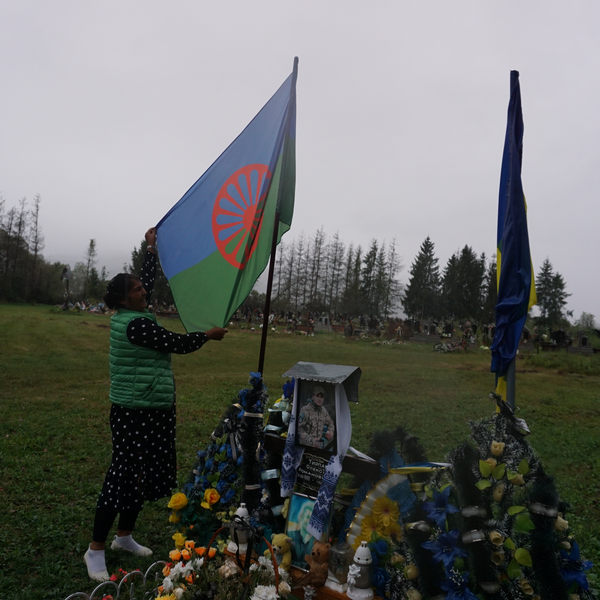
The Angel was awarded the Cross of Valour
How the memory about Oleksii Tyrpak, a Romani soldier, continues to live, even after his death
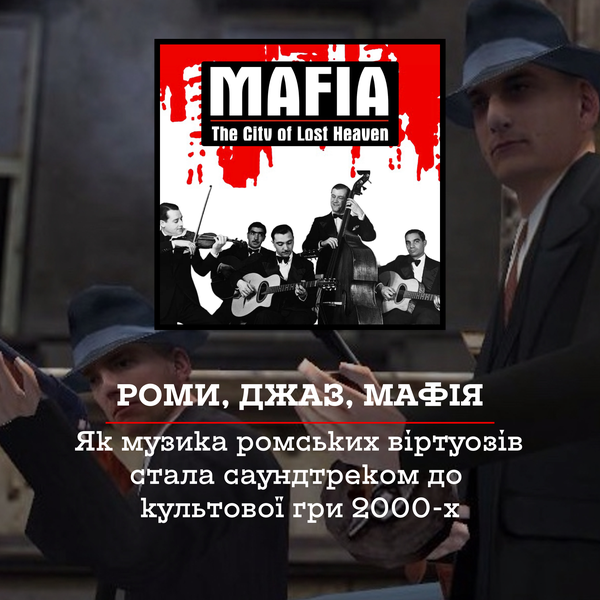
Romanis, jazz, and Mafia: how the music of Romani virtuosos became a soundtrack for an iconic game
If you have ever played Mafia: The City of Lost Heaven, you must have heard the hits of Romani virtuosos — Django Reinhardt, a jazz musician, and Latcho Drom, a jazz band. So, let us recall this iconic video game of the 2000s and the Romani jazzmen who have given it its unforgettable soundtracks.
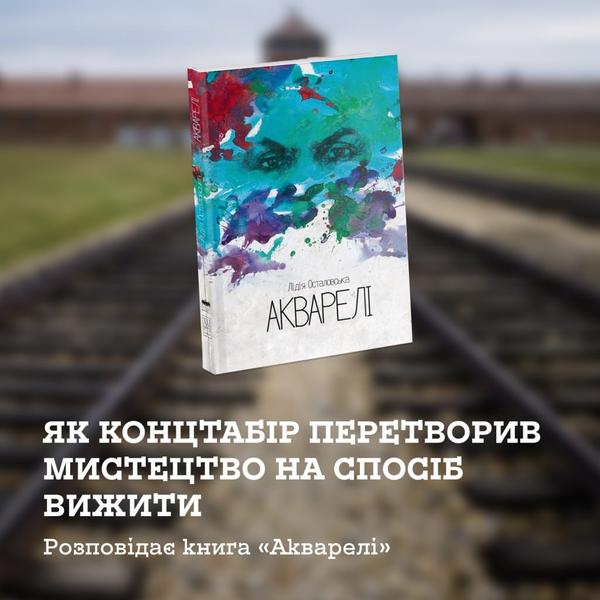
Art or a way to survive? How a concentration camp has turned a talent into an instrument of extermin
August 2 is a black page in the history of the Roma people. Insidiously (as is typical for dictatorial regimes), the Nazis destroyed the Roma settlement in the Auschwitz-Birkenau camp at night. Lidia Ostalovska's book Watercolors is dedicated to this tragedy and the horrors of the “death camps.” On the Day of Remembrance of the Victims of Babyn Yar (September 29), we are talking about the book and the history it covers.

The Opulence and Diversity of European Languages: We Learn Romani
Speak your native language. What could be more natural? But imagine that several generations do not know their language, do not speak it. And the language itself has no written language at all. No books are published in it, no news is broadcast in it... Depressing, isn't it? And Roma do not need to imagine this. So today, on the European Day of Languages, we will also dive into the world of Roma. Read the previous “lessons” here. But first, a few facts.
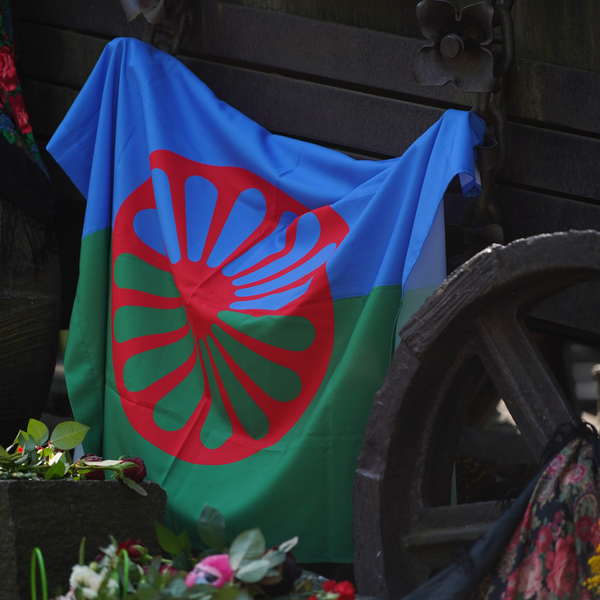
The Most Forgotten Genocide: What do we know about the extermination of Romanis by the Nazis
This year, the international community commemorates the 80th anniversary of the tragic date: the Nazi extermination of Romanis during the Second World War. Roza Tapanova, Director of the Babyn Yar National Memorial, Artur Zolotarenko, Chief of Department of the Babyn Yar National Memorial, and Valerii Sukhomlyniv, Co-Chair of the Ukrainian Romani Association speak in the memory of the past, the history of the Romani Cart in Kyiv, and the place of the Romani community in modern-day Ukraine.
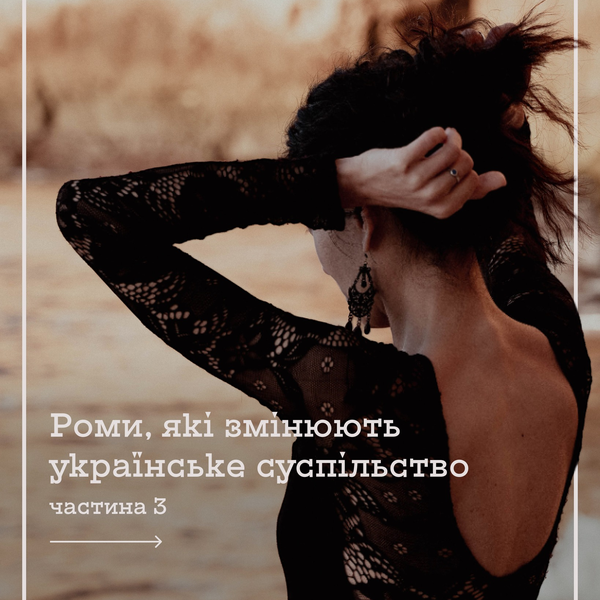
Відомі роми, які включені в сучасне українське суспільство
We proceed with familiarising you with interesting people from the realm of culture, science or activism who are creating their own cases. Each one of these people is a member of the Romani community—and is, at the same time, a part of Ukrainian civic society.

A traveling circus actor who survived the Holocaust and continued to fight
Today, we are going to tell the story of a Romani theatre actor, a clown in a travelling circus, and an activist who saw the horrors of the death camp during Nazi occupation. He managed to save his family and then, during the war, he joined the French Resistance, and never stopped inspiring others with his own story.
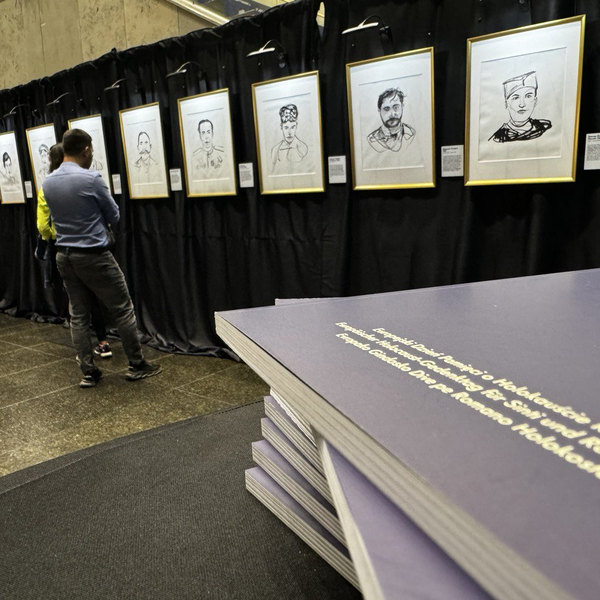
History speaking through art
Within the framework of the annual ceremony of commemoration of Romani genocide victims in the former concentration camp, Auschwitz-Birkenau—Dikh He Na Bister'2024 («Look And Do Not Forget ивись і не забувай» - ed.), two art exhibitions have been presented, entitled: «Romani Resistance Heroes» and the art exhibition dedicated to Raymond Gureme, a Romani Holocaust survivor.

Not just music and dancing. Stories of famous Romanis who are integrated into Ukrainian society
We proceed with familiarising you with interesting people from the realm of culture, science or activism who are creating their own cases. Each one of these people is a member of the Romani community—and is, at the same time, a part of Ukrainian civic society.
Also in this section:
- «Невидимі. Стійкість: минуле і сучасність ромів». Як зрозуміти історію ромів через візуальну культу
- Альфреда Марковська: історія життя і порятунку інших
- «Дивись і не забувай»: 15 років Dikh He Na Bister у Кракові
- ФОТОРЕПОРТАЖ: У Києві відкрили виставку про ромську історію та ідентичність
- «Відновлення пам'яті – роми у Варшавському гетто». Історична екскурсія у Варшаві
- PHOTO REPORT: Events commemorating the victims of the Roma genocide in Babyn Yar
- 2 серпня — Міжнародний день памʼяті жертв геноциду ромів
- Коли допомога — це більше, ніж ваучер
- Антициганізм поруч: як розпізнати упередження у звичних словах і жартах
- Стереотип замість культури: як TikTok спрощує ромську ідентичність